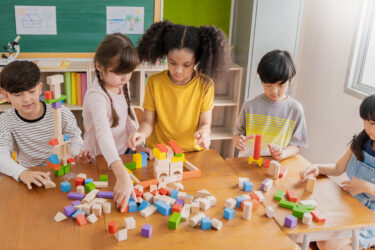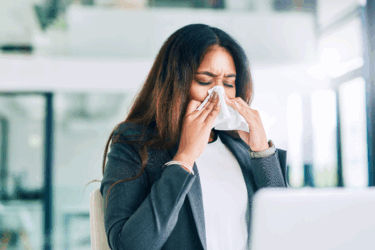The first few months of life at home with your cute little darling is the best yet hardest time of your life. You’re wiped out daily, but still do everything you can to keep Baby safe with warmth, comfort, feedings and a safe night’s rest.
About Safe Sleep
Samuel Hanke, M.D., pediatric cardiologist at Cincinnati Children’s Hospital and physicians’ safe sleep lead for Cradle Cincinnati, says among the group’s focus is getting to the root causes of sleep-related deaths among infants.
Sadly, Hanke and his wife lost their son Charlie to SIDS in 2010. They created the Charlie’s Kids Foundation to help raise safe sleep awareness, reminding parents about the importance of following a safe – and current – sleep routine. That means putting Baby to bed on his back in his own space.
“Putting Baby to sleep on his back in his own area is harder to do than bringing him in bed with you,” Hanke says. “This is also kind of the root of the problem,” he adds.
Many sleep-deprived parents opt to “breastsleep” – sleeping with their baby so the child can nurse throughout the night without waking the mother. This is NOT considered a safe sleep technique.
How to Keep Baby Safe
In 2016, The American Academy of Pediatrics (AAP) revised their infant sleep guidelines to recommend that infants sleep in their parent’s bedroom – but NOT in the parent’s bed – for at least the first six months of life, and ideally the first year. The guidelines from the AAP also recommend a safe sleep surface for Baby without crib bumpers, stuffed animals, pillows or blankets.
Since the change in sleep standards, Cradle Cincinnati says there’s been 50 percent decrease in sleep deaths. Cradle Cincinnati and partner Cribs for Kids want all parents to create the safest sleep environment possible for their baby’s safety, but this does NOT include the trend known as the Baby Box, a Finnish product new to the U.S.
“It’s not an approved crib or bassinet according to the CPSC [Consumer Product Safety Commission] standards,” says Hanke. “So there’s no safety standards around it; there’s unknown risks particularly the stability of it, things falling in the box, etc,” he adds.
Creating a safe sleep environment for your baby will reduce the risk of sudden infant death syndrome (when a baby younger than one year dies unexpectedly while sleeping).
For safety’s sake, follow the AAP’s recommendations and keep your baby’s sleep environment comfortable, not hot or stuffy, and quiet. Keep your baby away from cigarette smoke and by all means, never nap or sleep with you baby alone on a couch, sofa or armchair.
Nighty Night
Many reliable resources for parents help to keep Baby safe and sound through the night.
Charlie’s Kids, Sleep Baby Safe and Snug –Written for Charlie’s Kids by author and pediatrician John Hutton. This is a good read for pediatricians so they can educate themselves and parents about safe sleep.
Cribs for Kids Organization (cribsforkids.org) – Provides safe sleep education for parents.
AAP (aap.org) – Safe sleep recommendations include: keep baby sleeping on their backs until at least their first birthday, use a firm sleep surface, room share not sleep share until at least 6 months old, never place baby on couch, sofa or armchair to sleep and more.
Charlie’s Kids Foundation (charlieskids.org) – A great resource to educate parents on safe sleep, raise awareness and a place where you can donate to help the foundation spread the word.
Cradle Cincinnati (cradlecincinnati.org) – An organization joining with the community to stop infant mortality.





